University of Cologne, October 3rd – 4th, 2014
The CAA chapters of Germany and Netherlands/Flanders, in conjunction with the University of Cologne, organized their biannual CAA Joint Chapter Meeting on October 3rd – 4th, 2014 in Cologne, Germany.
This conference was the third in a row after two successful conferences in Münster (2010) and Groningen (2012). Like in previous years, participation was not limited to members of both CAA chapters but open to all interested colleagues.
Topics:
The conference dealed with two different topics:
(1) Teaching digital archaeology – digitally teaching archaeology
While digital technologies have profoundly changed the practice of archaeological research in recent years, archaeological teaching targeted at students, professionals, interested laypersons etc. has usually been less affected by these changes than by educational concerns (e.g., Bologna reform, interactive and inclusive teaching, etc.). So the question remains: What are the challenges and requirements of teaching archaeology in the digital age in terms of both content and style? To which degree can, have, or should digital technologies become the subject and/or the means of archaeological teaching to different audiences? This session invites contributions on the current practice of archaeological teaching in the digital age.
(2) Identifying patterns, calculating similarities
Detecting patterns in archaeological data is one of the main aims of computer applications and quantitative methods in archaeology. Many of these methods are based on similarity calculations, either comparing all objects with each other or searching for objects similar to a model pattern. For example, archaeologists apply pattern recognition to detect archaeological features in satellite images, aerial photographs, and LiDAR data. Another example is predictive modelling whose aim it is to identify patterns in the archaeological record, i.e. to delimit areas with high probability of past human activity. Moreover, archaeological typology is often derived from calculating similarities of objects recorded in 2D or 3D scans. Wiggle matching and tree-ring pattern matching are other applications of this set of methods. This session will explore the state of the art of these methods, and showcase new technologies and best practice in applying these approaches to archaeological data.
Here you will find the detailed programme of the conference.

